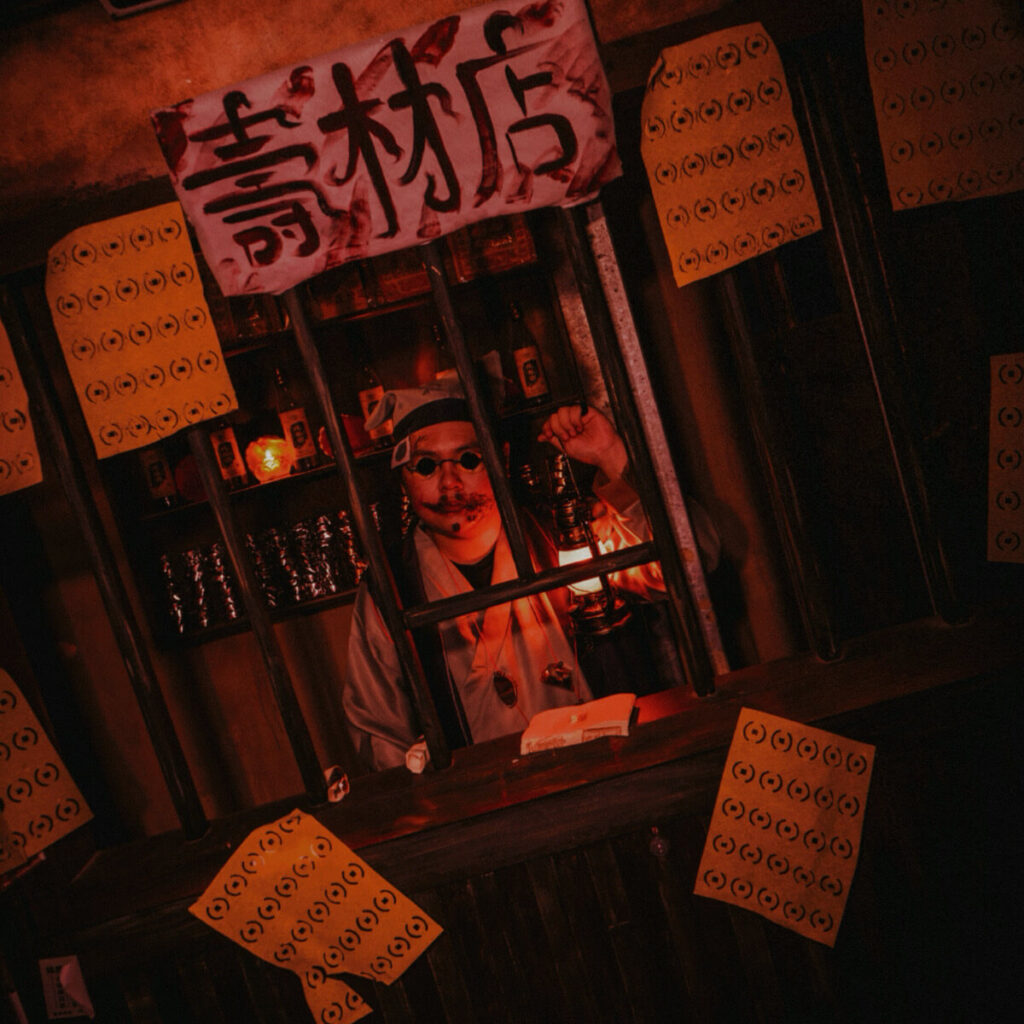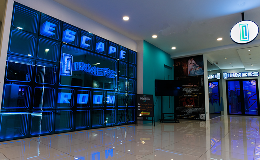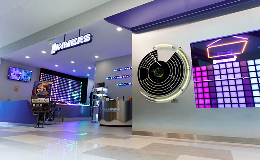You’re standing in a dimly lit room. A chill runs down your spine. A door creaks open. Your time is ticking. You know it’s fake, but your heart doesn’t. That’s the thrill people chase inside horror escape rooms in Singapore—and INMERS delivers that rush like no other.
But why do we enjoy being scared? Why does screaming with other players in a locked room somehow count as entertainment? It’s not just for adrenaline junkies. There’s actual psychology at work, and it’s fascinating.
Let’s unpack how escape rooms strike the perfect balance between fear and fun—and why your brain loves it.
Why Fear Can Feel Good (Seriously)
At first glance, fear seems like a feeling we’d want to avoid. But when it’s controlled and safe, it’s a thrill. That’s because fear activates the brain’s fight-or-flight system, releasing a burst of adrenaline. Your heart rate increases. Your senses sharpen. Everything feels heightened.
Now, in a real threat situation, your body stays on high alert for survival. But in a horror game setting, your logical brain knows you’re not actually in danger. So your body gets the rush, without the risk.
This mix of physical alertness and psychological safety creates a strange but enjoyable cocktail. It’s part of why horror escape rooms in Singapore have exploded in popularity. You’re not escaping from danger—you’re escaping into excitement.
Designing for Fear: What Makes It Work?
Escape room design is an art. It’s not just about locked boxes and spooky music. It’s about layering fear with logic, atmosphere with story.
Here’s how it works:
1. Environmental Triggers
Lighting, sound, temperature, and even scent are part of the setup. INMERS uses 5D effects to trigger all your senses. Flickering lights, sudden blasts of cold air, creaky floorboards—these cues tell your body something is off, even if your brain knows better.
2. Pacing the Pressure
A good horror escape room knows when to pull back. The game builds in waves. Quiet moments lull you into false security. Then, bang—an NPC bursts out of the shadows, and your group is screaming and laughing all at once.
This balance between suspense and payoff is key to sustaining enjoyment without actual distress.
3. Narrative Immersion
You’re not just solving puzzles. You’re solving a mystery inside a story. The best immersive escape room experience draws you into a world with stakes, consequences, and characters. That’s where realistic NPCs come in—playing roles that feel too convincing. You know it’s a game, but it gets under your skin anyway.
The Role of NPCs: Adding Life and Panic
Live actors are the wildcard in any escape room. At INMERS, realistic NPCs are planted inside the game to guide, disrupt, or frighten you. And they’re trained performers—not just folks in Halloween costumes.
Their timing is everything. A sudden whisper behind your shoulder. A shadowy figure guiding you with cryptic riddles. A desperate cry from the next room. These NPCs play off your reactions, making each session unpredictable.
They create the illusion that you’re in a living, breathing story.
And the funny thing? People love it when they lose control. The unpredictability adds to the suspense, making every success feel earned.
Solving Under Pressure: Why It’s Addictive
At its core, an escape room is still a puzzle game. But your brain doesn’t solve problems the same way when your hands are shaking.
That’s where escape room puzzles get clever. They’re not meant to be impossible. They’re just hard enough to push your group to collaborate, think on your feet, and stay focused—even when creepy voices are whispering in the background.
This taps into something psychologists call eustress—positive stress. The kind that motivates you, sharpens your focus, and keeps you engaged.
And when you finally crack a code or find the key? That dopamine spike? It’s the same satisfaction you get from winning a video game, finishing a race, or solving a Rubik’s Cube. Your brain feels rewarded, and it wants more.
Why Storytelling Matters More Than You Think
You can throw people in a spooky room with padlocks and strobe lights. But without a story, it’s just noise.
The most memorable Singapore escape room experiences are rooted in why you’re trapped. Is it a cursed mansion? A serial killer’s lair? A haunted orphanage? Each one taps into a different kind of fear: loss of control, the unknown, being watched.
And storytelling builds investment. You don’t want to escape just to win. You want to escape because your team has to survive, expose the truth, or save a friend. That’s deeper than surface-level scares.
At INMERS, every room has its own backstory, characters, and plot twists. It’s not just horror for horror’s sake—it’s an emotional rollercoaster, layered with suspense and meaning.
How Technology Enhances Everything
It’s one thing to throw in spooky soundtracks and cheap jump scares. It’s another to build a world with 5D effects—where fog creeps in, the ground shakes, and you can smell the decay in the air.
These effects don’t just impress. They create immersion. You forget where you are. The line between “real” and “game” starts to blur. That’s the power of modern escape room tech. It doesn’t need to be flashy. It just needs to feel real enough for your brain to buy in.
In this way, technology becomes the silent storyteller—guiding your experience moment by moment, heartbeat by heartbeat.
The Social Side: Fear Binds People Together
Here’s the surprising part: fear is deeply social.
When you scream, your friends scream with you. You huddle together. You laugh at your own panic. You cheer each other on.
That shared vulnerability builds trust. You’ll see people exit an escape room high-fiving strangers and laughing with colleagues they barely knew an hour ago. It’s group bonding, disguised as terror.
This makes horror escape rooms a hit not just for thrill-seekers, but for team-building, birthdays, and even date nights. There’s nothing like solving a haunted maze to bring people closer.
Why We Keep Coming Back
The experience doesn’t leave you at the door. Long after the game ends, you’ll find yourself replaying moments in your head. That puzzle you almost didn’t solve. That jump scare that made your friend fall over. That one clue you swore was a red herring, but turned out to be the answer.
That’s what a good immersive escape room experience does. It sticks with you.
And it’s what makes INMERS one of the most talked-about names in the horror escape rooms Singapore scene. Our blend of escape room puzzles, realistic NPCs, 5D effects, and bold escape room design has turned casual players into loyal fans.
Final Thoughts
Fear and fun might seem like opposites. But in the right setting, they fuel each other. Escape rooms let you play with fear without real consequences. They challenge your mind, trigger your senses, and bring people together in the most unexpected ways.
INMERS has mastered that balance by turning horror into high-impact entertainment that feels intense, satisfying, and strangely addictive.
So the next time someone asks why you’d pay to get scared… just smile.
Because you know the answer.
















